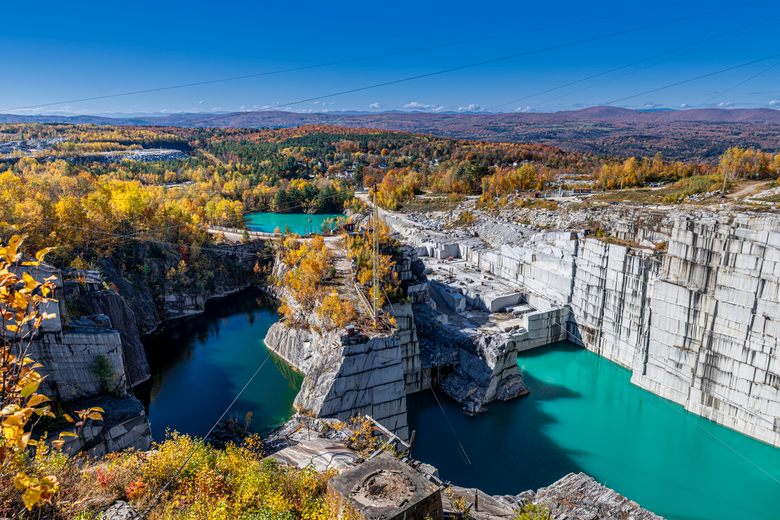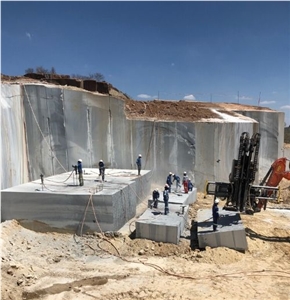Introducing Granite Quarries in South Africa Tradition: A Journey Via Quarries
Introducing Granite Quarries in South Africa Tradition: A Journey Via Quarries
Blog Article
Discovering the Rich Background and Lasting Practices of Granite Quarrying
As we depend on the precipice of revealing the complex tapestry of granite quarrying, a journey through time exposes not simply the physical act of drawing out stone but also the social and historic value woven right into the very fabric of this practice. From the old origins that laid the foundation for contemporary quarrying techniques to the lasting techniques that are forming the future of this industry, each carve mark on granite surface areas narrates waiting to be uncovered (granite quarries in south africa). The legacy of granite quarrying stretches far beyond mere removal; it is a testament to human resourcefulness, resilience, and the enduring allure of this magnificent rock
Old Beginnings of Granite Quarrying
Going back to ancient civilizations, the practice of quarrying granite has actually been an integral component of human background and architectural improvement. The earliest evidence of granite quarrying days back to ancient Egypt, where substantial pyramids and intricate sculptures were crafted from this durable rock. The Egyptians used primitive tools to remove granite blocks from quarries, showcasing the value of this material in their monumental constructions.
Moving on in history, the Greeks additionally made considerable contributions to the quarrying of granite. The Greeks used granite in numerous building wonders, such as temples and sculptures, demonstrating their ability in shaping and sculpting this durable stone. The Romans additionally refined the techniques of quarrying granite, utilizing advanced devices like blades and hammers to extract and form granite for their iconic structures.
Via the centuries, the technique of quarrying granite has advanced, with modern-day innovations enhancing effectiveness while maintaining the ageless allure of this all-natural rock - granite quarries in south africa. From old civilizations to modern building contractors, the legacy of granite quarrying continues to shape our world
Advancement of Quarrying Techniques
The development of quarrying methods has been noted by a continuous development in the direction of greater performance and accuracy in removing granite. Early quarrying methods involved hands-on labor with standard tools such as knives, hammers, and wedges to extract granite blocks from the planet.
In even more recent times, the arrival of equipment revolutionized the quarrying industry, allowing much faster removal prices and boosted productivity. Technologies such as ruby wire saws, high-pressure water jets, and pneumatically-driven drills have actually become common in contemporary quarries, enabling precise cutting and minimized waste. Furthermore, improvements in computer-controlled tools and 3D modeling have maximized quarrying procedures, resulting in very little ecological impact and enhanced sustainability techniques. As the need for granite remains to increase, the advancement of quarrying techniques stays indispensable to conference industry needs efficiently and sustainably.
Cultural Value of Granite
Granite holds a profound cultural relevance across different worlds due to its long-lasting existence in architectural masterpieces and respected monuments. From the majestic pyramids of Egypt to the detailed carvings of the Angkor Wat holy place in Cambodia, granite has been a product of selection for expressing grandeur and long life in social heritage. In ancient Rome, granite columns decorated holy places and public buildings, representing strength and durability. The social relevance of granite expands past its physical attributes; it symbolizes strength, stability, and eternity, making it a symbol of withstanding heritages and traditions.

Lasting Practices in Quarrying
Amidst the abundant history of granite quarrying and its social significance exists a growing emphasis on sustainable practices within the market. As ecological awareness and problems about resource exhaustion have heightened worldwide, the quarrying field has significantly embraced lasting approaches to decrease its effect on the atmosphere and bordering neighborhoods.

In addition, improvement and rehab of quarry sites post-extraction are indispensable to lasting methods. By restoring quarried areas to an all-natural or advantageous state, such as developing wild animals environments or entertainment spaces, quarriers can offset the environmental impact of their operations and contribute favorably to the local ecosystem.
Legacy of Granite Quarrying
With a historic background soaked in workmanship and commercial development, what withstanding effect has granite quarrying left on the landscape of contemporary culture? The heritage of granite quarrying transcends plain extraction practices; it has actually shaped architectural marvels, city landscapes, and social heritage worldwide. The durable nature of granite has made it a preferred selection for monuments, buildings, and framework, read this post here standing as a testimony to the skill and creativity of quarry employees throughout generations.
Additionally, the economic impact of granite quarrying can not be forgotten. The industry continues to offer job opportunity and drive local economic situations in areas where granite removal prevails. It has actually likewise spurred technological improvements in quarrying strategies and devices, resulting in extra reliable and sustainable methods.
In regards to sustainability, the legacy of granite quarrying consists of initiatives to reduce ecological influences through reclamation projects and liable resource monitoring. By balancing economic passions with environmental stewardship, the sector makes every effort to ensure that future generations can remain to gain from this long-lasting natural deposit.
Verdict

Report this page